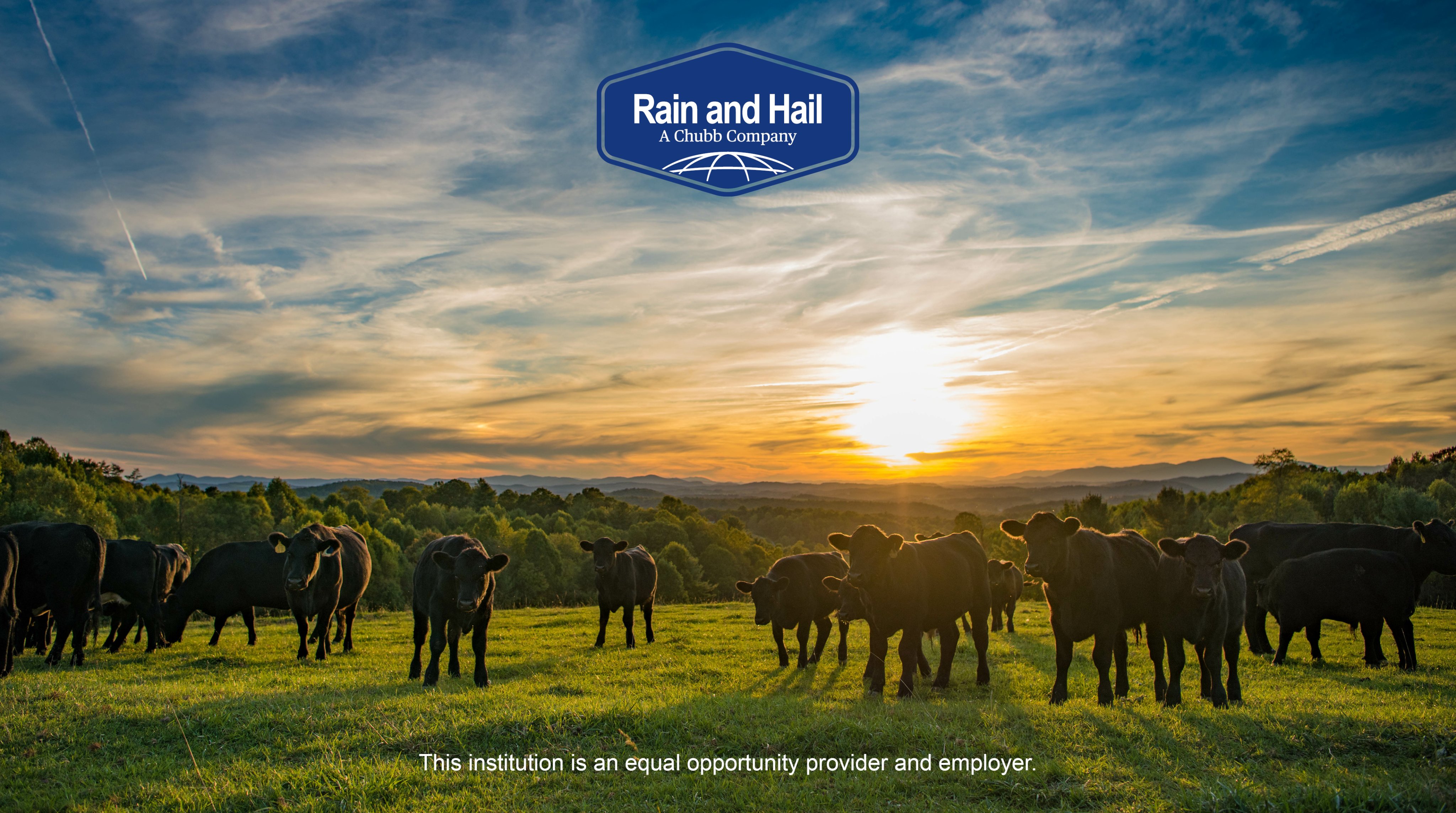Recognizing Livestock Threat Defense (LRP) Insurance Policy: A Comprehensive Guide
Navigating the world of animals risk defense (LRP) insurance can be a complicated endeavor for many in the agricultural industry. From how LRP insurance coverage operates to the various protection choices offered, there is much to reveal in this comprehensive overview that could potentially shape the means livestock manufacturers come close to threat administration in their services.

How LRP Insurance Coverage Functions
Occasionally, recognizing the auto mechanics of Livestock Danger Protection (LRP) insurance policy can be intricate, yet breaking down exactly how it works can give quality for ranchers and farmers. LRP insurance coverage is a danger management device designed to protect livestock manufacturers against unforeseen cost decreases. It's crucial to keep in mind that LRP insurance is not an income guarantee; rather, it focuses only on price danger defense.
Qualification and Insurance Coverage Options

When it comes to protection alternatives, LRP insurance offers producers the flexibility to choose the protection degree, insurance coverage period, and endorsements that finest match their threat management requirements. Protection degrees commonly range from 70% to 100% of the anticipated finishing value of the insured animals. Manufacturers can additionally pick protection periods that align with their production cycle, whether they are guaranteeing feeder livestock, fed cattle, swine, or lamb. Endorsements such as rate threat security can additionally personalize coverage to shield versus damaging market fluctuations. By comprehending the eligibility requirements and protection choices readily available, livestock producers can make informed decisions to take care of threat efficiently.
Pros and Cons of LRP Insurance Policy
When examining Animals Risk Defense (LRP) insurance policy, it is vital for animals producers to consider the negative aspects and benefits fundamental in this threat monitoring tool.

Among the key benefits of LRP insurance is its ability to provide defense against a decline in animals rates. This can assist safeguard manufacturers from economic losses arising from market fluctuations. In addition, LRP insurance coverage supplies a level of versatility, permitting producers to personalize protection levels and policy durations to match their details demands. By securing a guaranteed cost for their livestock, producers can much better take care of risk and prepare for the future.
One restriction of LRP insurance policy is that it does not shield against all kinds of risks, such as illness episodes or natural catastrophes. It is critical for producers to carefully Source analyze their individual threat exposure and monetary circumstance to establish if LRP insurance coverage is the appropriate risk administration device for their operation.
Recognizing LRP Insurance Coverage Premiums

Tips for Optimizing LRP Perks
Taking full advantage of the benefits of Animals Threat Protection (LRP) insurance coverage requires strategic preparation and proactive risk management - Bagley Risk Management. To maximize your LRP insurance coverage, take into consideration the complying with ideas:
On A Regular Basis Examine Market Conditions: Remain educated regarding market trends and cost variations in the livestock industry. By keeping an eye on these factors, you can make informed decisions about when to buy LRP protection to secure against possible losses.
Establish Realistic Coverage Degrees: When picking protection degrees, consider your production expenses, market price of animals, and potential risks - find this Bagley Risk Management. Establishing reasonable coverage degrees guarantees that you are appropriately shielded without paying too much for unnecessary insurance coverage
Diversify Your Insurance Coverage: As opposed to counting entirely on LRP insurance, consider diversifying your danger monitoring techniques. Incorporating LRP with various other danger administration devices such as futures contracts or alternatives can provide extensive protection versus market uncertainties.
Testimonial and Adjust Protection Regularly: As market problems transform, occasionally evaluate your LRP insurance coverage to guarantee it lines up with your existing danger exposure. Changing protection levels and timing of purchases can assist enhance your threat defense technique. By following these suggestions, you can maximize the advantages of LRP article source insurance policy and protect your animals procedure against unanticipated risks.
Final Thought
Finally, animals threat protection (LRP) insurance coverage is a beneficial device for farmers to handle the monetary threats related to their livestock procedures. By understanding exactly how LRP functions, qualification and protection options, as well as the advantages and disadvantages of this insurance coverage, farmers can make enlightened decisions to safeguard their incomes. By thoroughly thinking about LRP premiums and executing techniques to make the most of advantages, farmers can mitigate prospective losses and guarantee the sustainability of their procedures.
Livestock producers interested in acquiring Livestock Threat Defense (LRP) insurance policy can discover a range of eligibility criteria and coverage choices customized to their details livestock procedures.When it comes to protection alternatives, LRP insurance coverage supplies producers the versatility to choose the insurance coverage degree, protection period, and recommendations that best suit their threat management requirements.To realize the details of Animals Danger Protection (LRP) insurance policy completely, recognizing the variables affecting LRP insurance policy costs is important. LRP insurance costs are identified by different elements, including the coverage level selected, the expected cost of animals at the end of the protection period, the kind of livestock being insured, and the length of the protection duration.Review and Adjust Protection Frequently: As market problems transform, periodically examine your LRP coverage to ensure it lines up with your existing danger direct exposure.
Comments on “Unlocking Development Prospective: Bagley Risk Management Approaches”